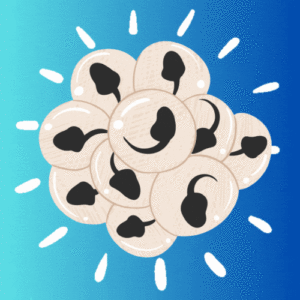Facts about tadpoles, frogs, newts and amphibians!
What are tadpoles?
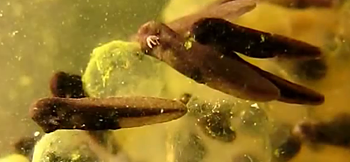
Frogs, toads, newts and salamanders are Amphibians. They all spend part of their life on land but go back to water in ponds, lakes and rivers to lay eggs. The eggs hatch into tadpoles. Young tadpoles are rather like baby fish. They swim by using their tails and use gills to get oxygen from the water. They often feed on plants. The photos of Canadian Wood Frog tadpoles are by NatureNorth.com
When tadpoles get bigger, they develop lungs to breath air, grow legs and start to eat other small animals.
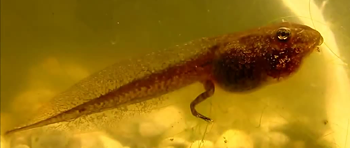
After a few weeks the tail gradually shrinks and they hop out of the water as tiny froglets. Most adult amphibians, like frogs, eat insects.
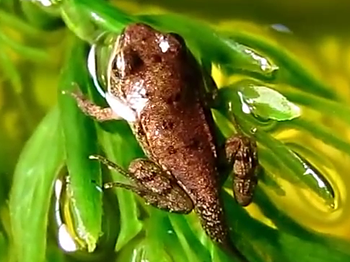
Click to see more about the life cycle
What are Amphibians?
There are three types of amphibians:
Anura: 6,642 species of frogs and toads without tails. Many have a tongue they can shoot out to catch insects.
Caudata: 684 species of newts and salamanders with a long tail. This is a Smooth Newt Triturus vulgaris (Photo by Magnus Maske)
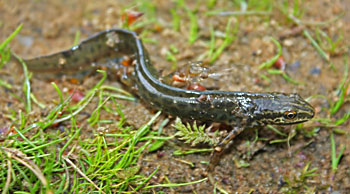
Gymnophiona: 205 species of worm-like caecilians,without any legs and living underground mainly in South East Asia (Photo of Dermophis mexicanus by Franco Andreone).
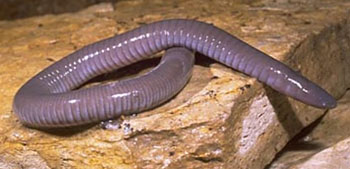
Find out more about UK amphibians here.
The frog as an example
There are huge numbers of different kinds of frogs found all over the world and you can find pictures at AmphibiaWeb, the smallest of which (Paedophryne amauensis) is barely larger than a house fly and the largest (Goliath frog) can weight more than 3 kilograms. They are divided into families with Latin names. One widespread group of frogs has the Latin family name Rana. This is still the word for frog in Spanish and Italian.Here are some examples of this family of frogs from different countries. The tadpoles and life-cycle of all of them is very similar.
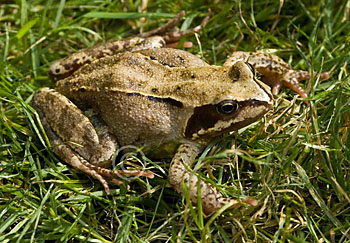
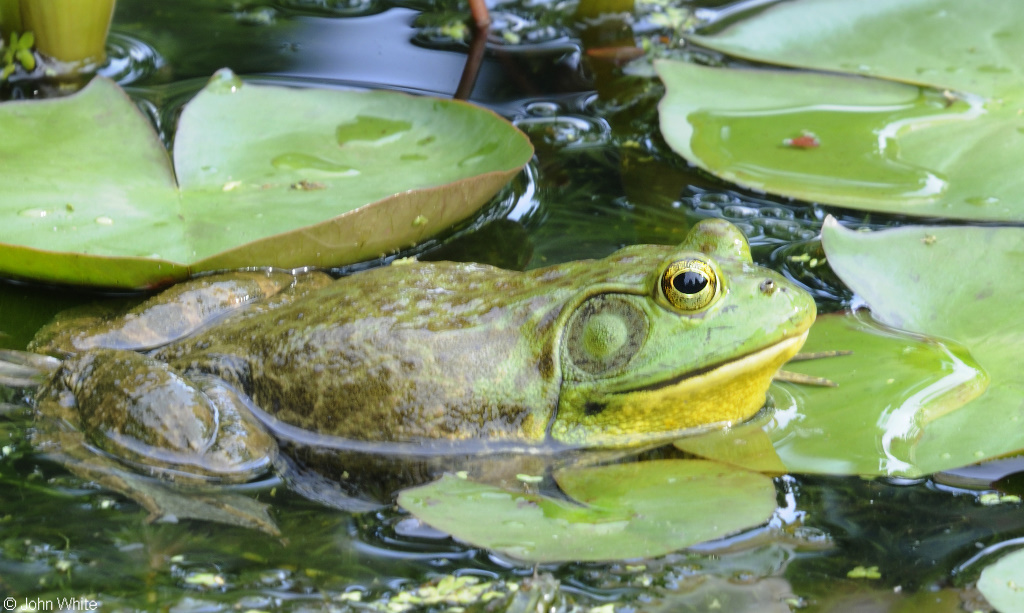
The Freezing Frog
The Wood Frog (Latin name: Rana sylvatica) in Canada is specially adapted to survive temperatures as cold as 3 degree Fahrenheit (-16 degree Celsius) in winter. It produces its own antifreeze by using urine and glucose inside its blood. Watch the video below to learn more on how amazing the wood frog’s body works in extreme weather.
See-Through Glass Frogs
To survive predation, animals can camouflage if their body skin colour/texture matches the envioronment. Glass frogs live on trees. They need to avoid being eaten by predators from above and below. Their green skin on the back side helps them camouflage when they rest on a leaf when viewed from above while their belly skin is transparent. However, their body silouette could be visible when seen from below the leaf. Glass frogs have a clever trick to hide their body silouette by consealing 90% of their blood while sleeping. check the photo below to see how effective it is:
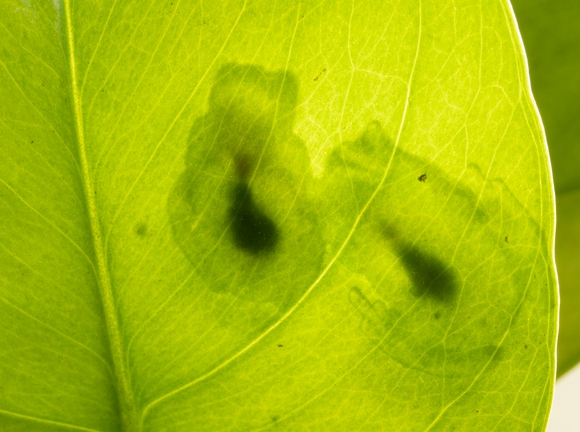
A pair of mating glassfrogs sleep together on a leaf. © Jesse Delia

